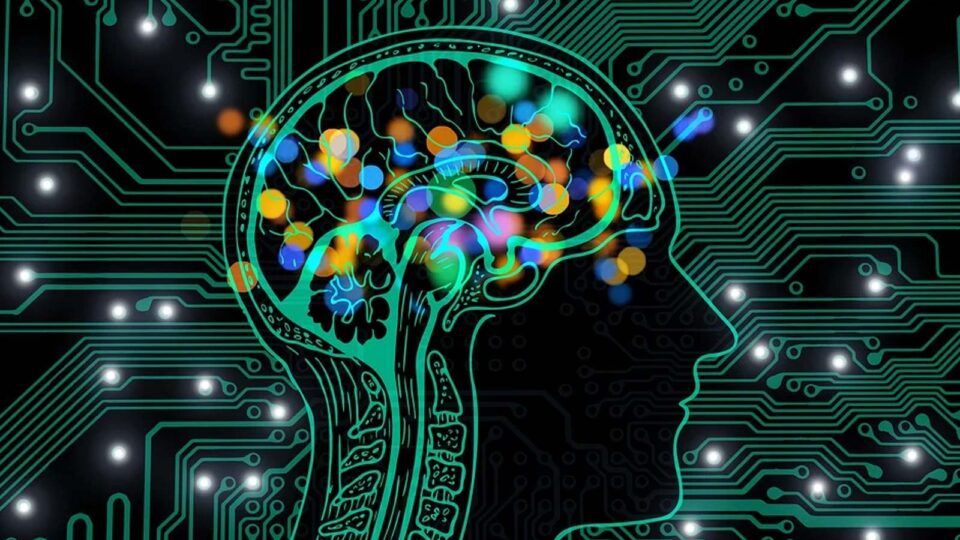Sustainability and optimal resource utilization are no longer catchphrases in the world of business. They are the fulcrum or pivot around which future business operations need to be built. A circular economy lowers both carbon footprint and resource usage through reusing, recycling, and increasing the lifespan of products while taking steps to heighten and maintain their long-term value. Not only does this have sound financial benefits, but there are long-term environmental rewards too.
In the current scenario, it is increasingly becoming clear that technology and digitalization could be the biggest enabler of such a circular economy, helping lower emissions and attaining global climate goals alike.
Recommended: AI: Continuing the Chase for Brain-Level Efficiency
Where does digitalization come into the picture?
A circular economy necessitates an intrinsic revamp across the entire value chain, right from product technologies and designs to new models of business, newer methods of natural resource preservation, an extension of product lifecycles, and recycling waste into resources along with newer behavioral modes of consumers, regulations, best practices, education/awareness, and financing.
Digitalization or technological adoption can enable a quicker transformation towards a more resource-friendly and sustainable economy. It can do this in the following ways:
- Accuracy of data on location, availability, and product condition.
- Greater process-based efficiency at organizations.
- Lowering waste and enabling longer product life spans.
- Lowering transactional expenditure.
- Closing up and narrowing the gap between all value-chain components with higher efficiency of resource usage.
- Building intrinsic connections between components and integrating all parts of the system as it were. Predictability, forecasting models and quality play vital roles in the success of a circular economy. This is where technology can make a difference with analytics and other tools.
What digitalization also does is enhance information transparency while filling up deficits likewise. It enables smoother product and operations management for manufacturers, service sector players, and companies throughout their lifetimes. Data-based integration and connectivity are the keys in this case along with data analytics for developing circular economic/business models. Digital analytics and other technologies will keep circular businesses/entrepreneurs updated with intelligence on their services, products, user base, and resource utilization.
In sharing-based models, customer satisfaction and service quality are assessed through physical product quality but also the quality of service (this includes the digital interface, booking, ordering, changes, exploration, etc.). The technological wing of any business will streamline product viability, usability, value propositions, and customer delight.
Recommended: Why You Can’t Ignore Building-Data Management in 2022
IoT, AI (artificial intelligence), ML (machine learning), and big data and analytics are indispensable for spurring a future shift towards digitally integrated circular businesses. They will ensure the manifestation of all circular business pivots. These include the following:
- Robots, sensors, digital designs, and machine learning for more efficient manufacturing.
- Tracing/tracking of products/parts, optimizing value chains, and developing products as services.
- Enhanced repair, refurbishment, and reuse.
- Building connections and platforms between manufacturers and customers.
Digitalization is hence a core enabler of the future circular economy globally. This philosophy has already gained traction in Europe, with the EC releasing its New Industrial Strategy for Europe in March 2020. This outlines the role of the industry in shifting toward a circular and climate-neutral economy. It is digitalization that fills up the dots, making the circular economy a reality. The biggest b**********, of course, is our environment. And there is also the vital matter of an improved bottom-line.
It is analytics and other digital solutions that will propel the success of circular economies, maintaining sustainability parameters and scaling up overall efficiency. Companies will have to steadily transition towards tech-driven circular business models, leaner operations, and more agile processes. The result is not just environmental and resource sustainability, but also better business outcomes.
Recommended: A Seamless Journey Made Possible by CRM Technologies


